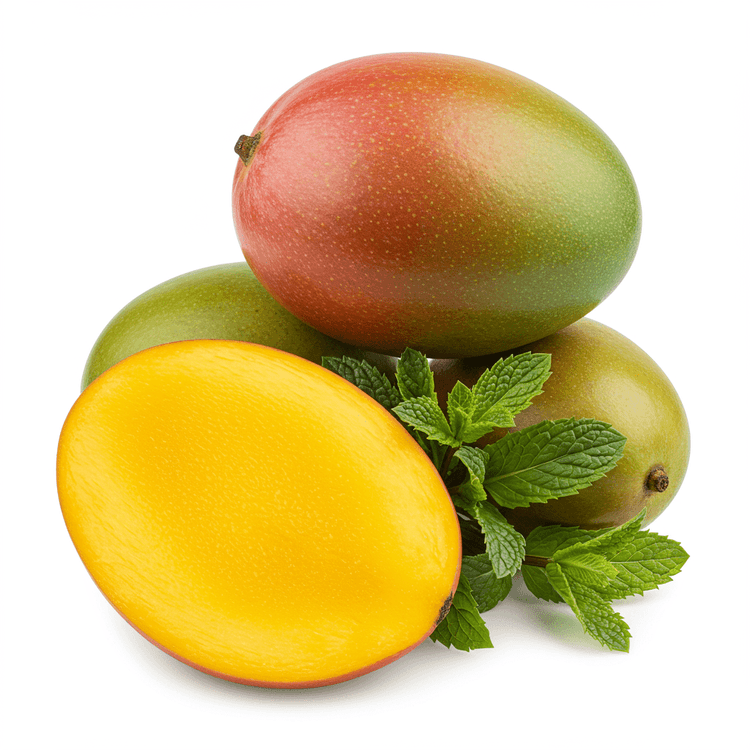
Basil
Basil, a fragrant and vibrant herb, is a staple in kitchens around the world. Known for its distinctive sweet and slightly peppery flavor, basil adds a fresh, aromatic lift to countless dishes. The leaves are typically oval-shaped, with a smooth or slightly ruffled texture and a bright green color, although some varieties boast purple or variegated foliage. Explore the culinary possibilities of fresh basil to enhance your favorite recipes with its unmistakable aroma and flavor.
Common Uses
- Use fresh basil leaves to prepare classic pesto sauce, blending them with pine nuts, garlic, Parmesan cheese, and olive oil for a flavorful pasta topping or spread.
- Infuse olive oil with basil leaves to create a flavorful dipping oil or salad dressing, capturing the herb's essence in a versatile liquid.
- Add chopped fresh basil to tomato-based sauces, such as marinara or pizza sauce, to enhance their sweetness and aromatic complexity.
- Garnish salads and sandwiches with fresh basil leaves to add a pop of color, flavor, and refreshing herbal notes.
- Incorporate basil into stir-fries and Thai curries to impart a unique and aromatic flavor profile that complements the other ingredients.
- Steep basil leaves in hot water to create a soothing and aromatic herbal tea, known for its calming properties and refreshing taste.
Nutrition (per serving)
Nutrition (per serving)
Calories
2.2kcal (0.11%)
Protein
0.2g (0.4%)
Carbs
0.3g (0.11%)
Sugars
0.0g
Healthy Fat
0.0g
Unhealthy Fat
0.0g
% Daily Value based on a 2000 calorie diet
Nutrition (per serving)
Calories
2.2kcal (0.11%)
Protein
0.2g (0.4%)
Carbs
0.3g (0.11%)
Sugars
0.0g
Healthy Fat
0.0g
Unhealthy Fat
0.0g
% Daily Value based on a 2000 calorie diet
Health Benefits
- Rich in antioxidants to help combat free radicals.
- May possess anti-inflammatory properties, potentially reducing inflammation.
- Good source of vitamin K, important for bone health and blood clotting.
- Contains vitamin A, beneficial for vision and immune function.
- Provides manganese, which supports enzyme function and metabolism.
Substitutes
Chefadora AI is here.
Experience smarter, stress-free cooking.
Storage Tips
Fresh basil is best stored like cut flowers. Place the stems in a glass of water, covering only the roots and lower stem. Cover the leaves loosely with a plastic bag and store in the refrigerator. Change the water every 1-2 days. Alternatively, you can dry basil by hanging bunches upside down in a cool, dark, and well-ventilated place. Dried basil should be stored in an airtight container away from light and heat to preserve its flavor.
Marnirni-apinthi Building, Lot Fourteen,
North Terrace, Adelaide, South Australia, 5000
Australia

















